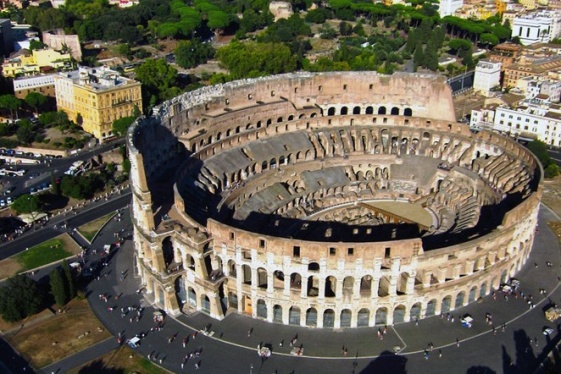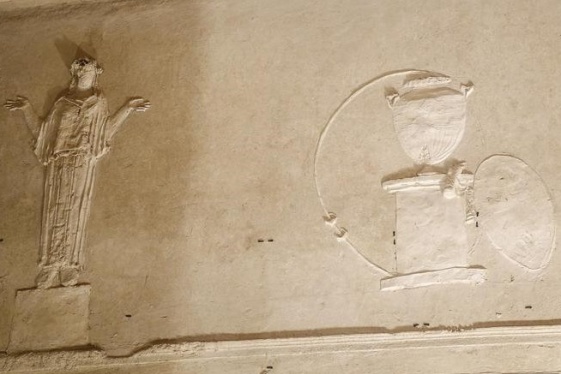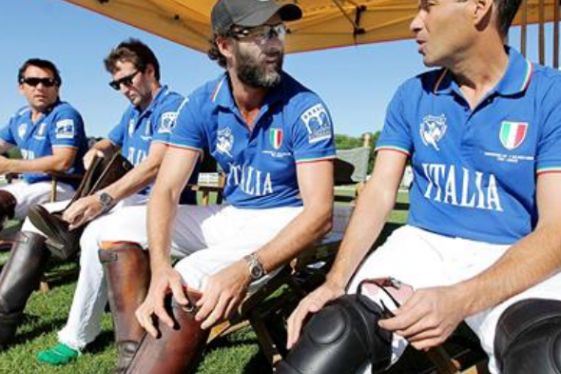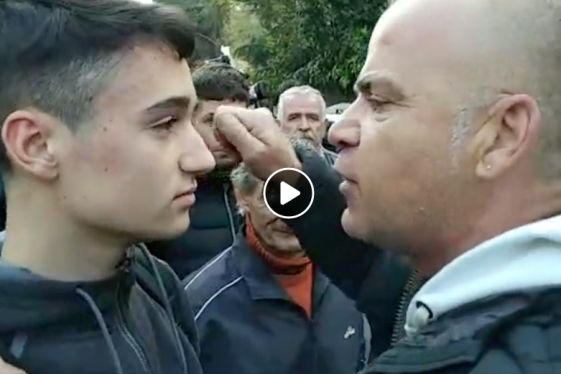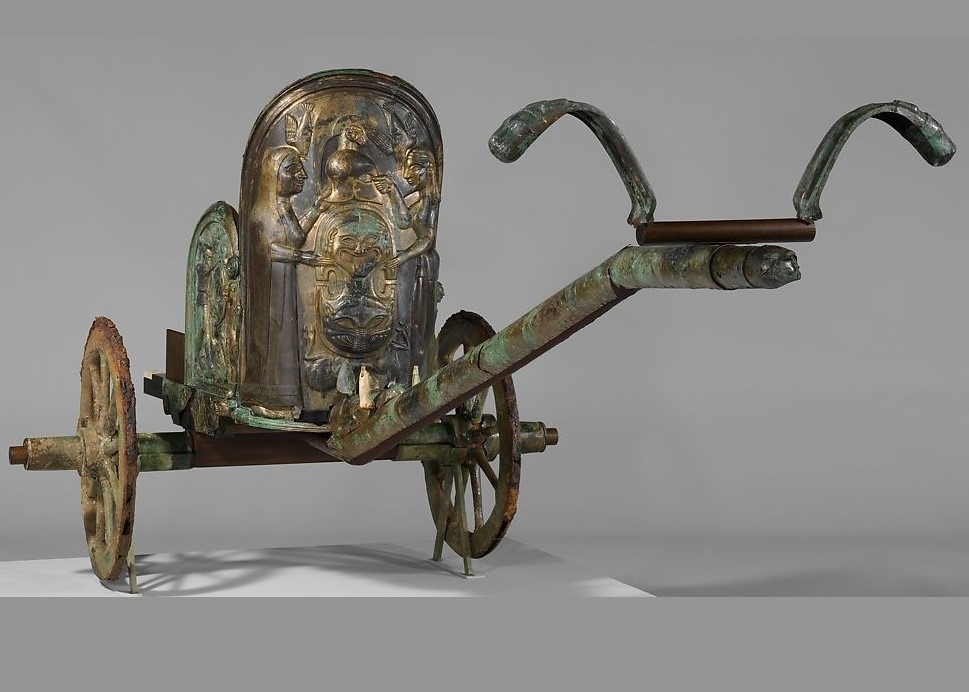

BY: Lucy Gordan
At Rome’s Museum of Etruscan Archeology, Villa Giulia, I saw an intriguing documentary by Dario Prosperini, a video-journalist for Corriere della Sera and cineaste. L’anello di Grace tells the story of a unique archeological find, the 6th-century BC tomb of an Etruscan high-ranking official containing the skeletons of a man and wife, bronze and terracotta pots, two drinking cups, perhaps a gold ring, and a ceremonial “chariot”.
The story, which still has no ending, begins on February 8, 1902, when a farmer from near Monteleone di Spoleto in Umbria, Isodoro Vannozzi and his son Giuseppe unearthed the tomb. On March 28, 1902 instead of reporting their finds to the authorities, the Vannozzi sold the chariot to Benedetto Pietrangeli, an antique dealer in Norcia for 900 lire.
SOURCE: https://lavocedinewyork.com/
You may be interested
-
Exciting Palatine. Interview with Clementina...
You can tell she fills with excitement when she has the chance to show an important archae...
-
Italian Open's History and Records: A tale o...
For Italians, and Romans in particular, the Open is not just a tennis tournament where cha...
-
'Basilica of Mysteries' reborn in Rome
The so-called 'Basilica of the Mysteries' has been reborn in Rome. The basilica, one of th...
-
'Carbonara Day' celebrates famous pasta dish
On Friday, April 6, the world will celebrate "Carbonara Day", an occasion launched by the...
-
'Gladiators' bring Roman flavor to R.I. polo
As thousands of sharply dressed spectators converged on the turf of Newport International...
-
'Hot priests' grace Rome's calendar
It is officially called the Calendario Romano, or Roman Calendar. But on the streets of Ro...
-
'No one should be left behind': Italian teen...
A 15-year-old boy, known as Simone, has become an overnight internet sensation after stand...



